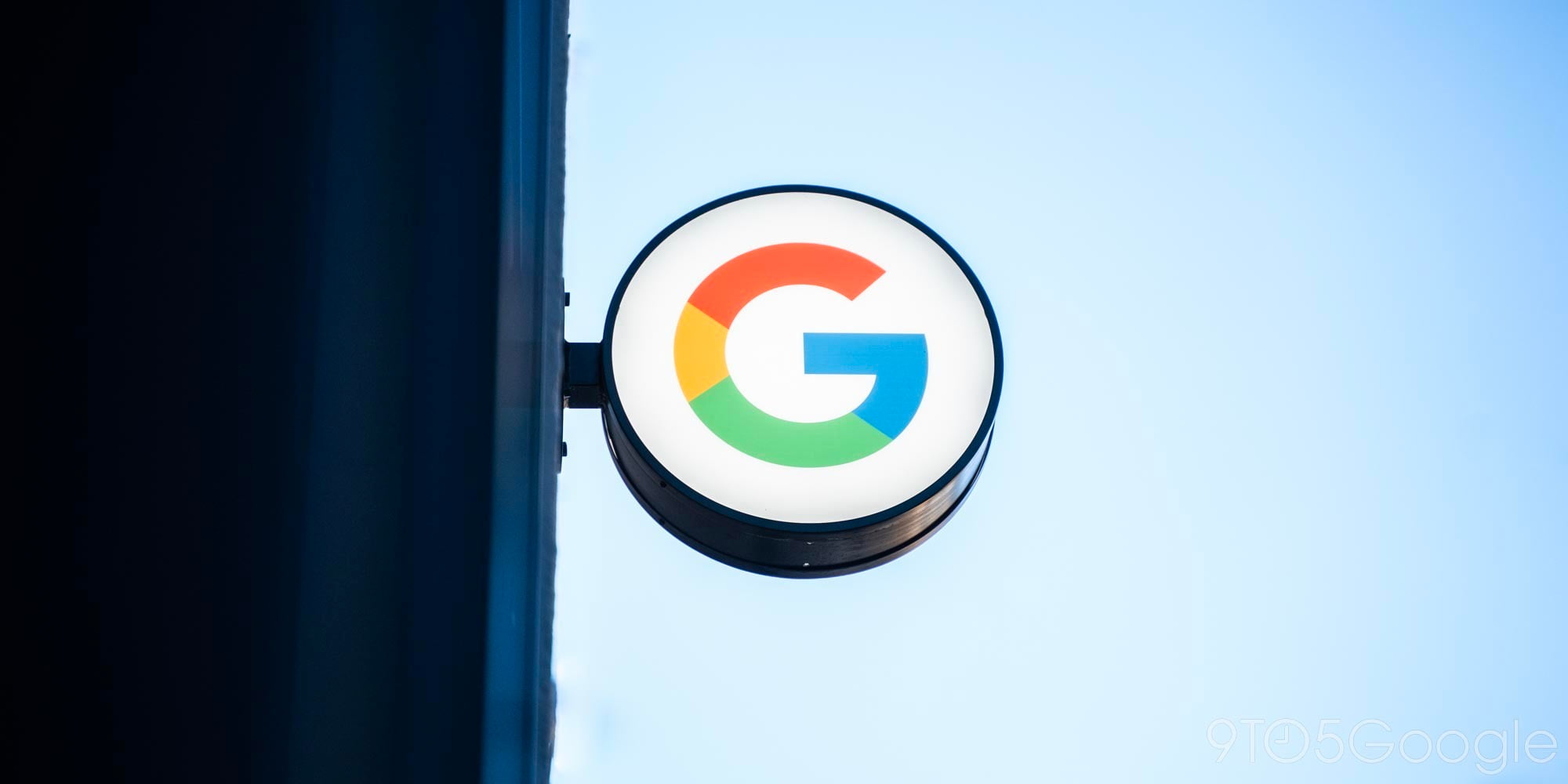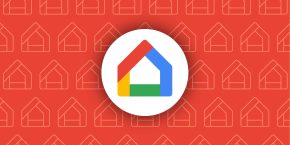
This morning Google announced several new features for the Home app, including improved search and advanced audio controls like bass and treble. These changes are rolling out with version 1.26 of the app, with a teardown also revealing the addition of support for the Google Home Max launching next month. It also details upcoming features and possibly a new device.
About APK Teardowns: In this ‘APK teardown,’ we’ve decompiled the latest version of an application that was uploaded to the Play Store. When an app (or an APK, to be specific, in the case of Android apps) is decompiled, we’re able to see various lines of code within that hint at possible future features. Keep in mind that Google may or may not ever ship these features, and our interpretation of what they are may be imperfect. With that in mind, read on.
Google Home Max
Before Google’s October 4th event, we learned that “biggie” was the codename for the Google Home Max. We saw references to a “b” device in a Google Home app teardown and now the latest version confirms that “biggie” is indeed the premium speaker’s codename.
<string name=”device_b_name”>Google Home Max</string>
Version 1.26 contains a number of strings related to pairing and setting up the Home Max that is set to launch next month, having only passed the FCC yesterday.
<string name=”assist_stereo_pairing_primary_action”>Pair speakers</string>
<string name=”assist_stereo_pairing_subtitle”>Pair your Google Home Max speakers for room-filling stereo sound</string>
<string name=”assist_stereo_pairing_title”>Pair your speakers</string>
<string name=”assist_view_backdrop_history”>View Backdrop history</string>
<string name=”assist_voice_enrollment_card_subtitle”>Voice Match lets your Assistant recognize your voice on devices you choose</string>
<string name=”assist_voice_enrollment_card_title”>Set up Voice Match</string>
<string name=”assistant_check_ota_done_body”>”Let’s make sure your Assistant is ready to go. Ask it a question like \”Hey Google, what time is it?\””</string>
<string name=”assistant_check_ota_done_title”>Does the Assistant respond?</string>
Google Home Max “Room EQ “
Meanwhile, there are strings detailing Max specific features like “Room EQ” or “Smart Sound” as Google brands it.
<string name=”settings_room_eq_description”>Senses nearby walls and balances the sound.</string>
<string name=”settings_room_eq_title”>Room EQ</string>
There are also interesting lines related to diagnostics, as well as details about what physical configuration the speaker needs to be in for this feature to work:
<string name=”right_device_info_pattern”>Right: %1$s</string>
<string name=”room_eq_broken_mic”>One or more of the microphones on this device are malfunctioning. Please contact our support team for help.</string>
<string name=”room_eq_disabled_by_server”>This feature has been disabled, please contact our support team for more help.</string>
<string name=”room_eq_disabled_header”>Room EQ is disabled</string>
<string name=”room_eq_invalid_orientation”>Room EQ only works when the speaker is oriented horizontally or vertically. Check that the speaker is not tilted or upside down.</string>
<string name=”room_eq_toggle_failed”>Unable to toggle Room EQ value</string>
Speaker Pair
Google has already announced that two Home Max speakers can be wirelessly paired together. However, it now seems that existing Home devices will get a similar pairing functionality, though it’s unclear what the exact feature set will be. There are several images of the regular Home and Home Mini in a dual configuration included in this version.
- active_chirp_pair
- active_joplin_pair
Update: Spotted by Android Police, a “speaker pair” uses two “two speakers to create a wider soundstage for your music.” During setup, users will choose which two speakers to pair and assign a left and right unit, with the ability to name them. Users of course have the option to disconnect them later.
<string name=”sp_introduction_title”>Set up speaker pair</string>
<string name=”sp_introduction_body”>Pair two speakers to create a wider soundstage for your music. To start, place both speakers in the same room.</string>
Equalizer Settings
Installing this version of the Google Home app adds bass and treble controls for existing Home speakers. It is accessible from the Now Playing screen by tapping the new settings icon in the top right corner. It will bring users to sliders to tune the sound.
<string name=”settings_eq_description”>Bass, treble</string>
<string name=”settings_eq_description_pair”>Bass, treble, balance</string>
<string name=”settings_eq_description_with_room_eq”>Bass, treble, room EQ</string>
<string name=”settings_eq_description_with_room_eq_pair”>Bass, treble, balance, room EQ</string>
However, when Home speakers are used as a “Pair” (read above section) users gain balance controls, while devices like the Home Max will also have controls for “Room EQ.”
New device placeholder
Meanwhile, the Home app adds a placeholder for a new device that is similar to the original entry of the Home Max last month. It’s possible it could be Quartz — the rumored Google Home with a display.
<string name=”device_co_name” />
Tablet interface
Version 1.26 makes references to a tablet interface for the Home app.
<bool name=”suwUseTabletLayout”>false</bool>
Dylan contributed to this article
Check out 9to5Google on YouTube for more news:
FTC: We use income earning auto affiliate links. More.




Comments